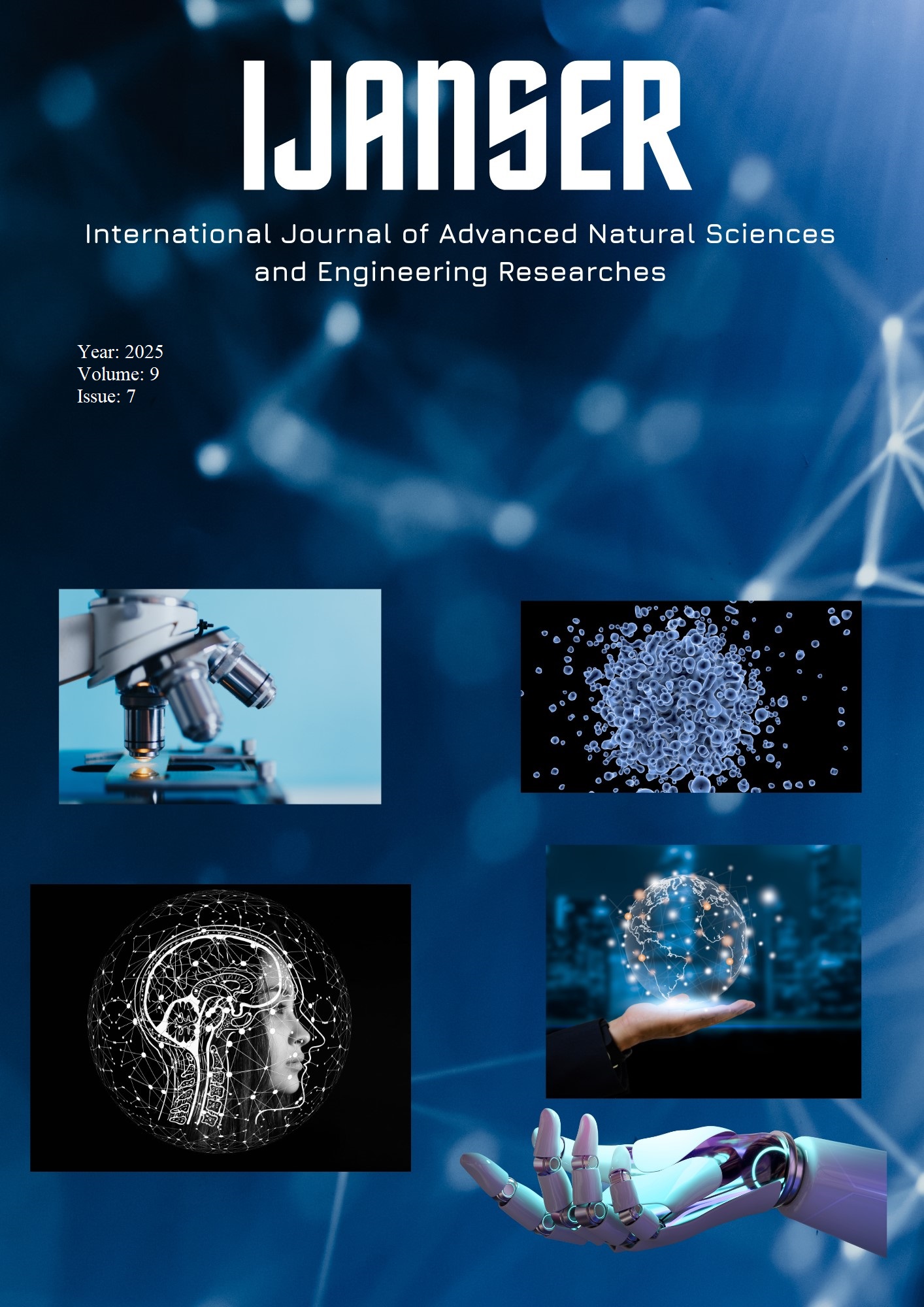Assessment of gluten and lactose intolerance using the cytotoxic test: prevalence and their association
Keywords:
Food Intolerance, Gluten, Lactose, Cytotoxic Test, Diagnostic Alternatives, Quality Of LifeAbstract
Introduction: Food intolerances—particularly gluten and lactose intolerance—have shown a
notable increase in prevalence across Western countries. These conditions can cause a wide range of
gastrointestinal and extra-intestinal symptoms, significantly impacting patients’ quality of life. Accurate
diagnosis is essential to prevent chronic complications and ensure effective dietary management.
Objective: The aim of this study was to assess gluten and lactose intolerance in symptomatic patients using
the Cytotoxic Test, and to explore the possible association between these two intolerances based on gender
and age distribution.
Materials and Methods: A total of 45 symptomatic patients (23 females and 22 males) were evaluated
between March and June 2024. Blood samples were collected and analyzed for leukocyte cytotoxic
response to gluten and lactose antigens. Results were classified into four categories: gluten intolerance,
lactose intolerance, dual intolerance, and negative.
Results Out of 45 patients, 33.3% tested positive for gluten intolerance, 42.2% for lactose intolerance, and
13.3% for both. Only 11.1% tested negative for either intolerance. Statistical analysis showed a significant
association between the two intolerances (OR = 3.125; 95% CI: 1.488–6.563), suggesting that gluten
induced mucosal damage may contribute to reduced lactase activity and secondary lactose intolerance.
Conclusion The Cytotoxic Test appears to be a promising non-invasive diagnostic tool that offers
individualized insights into food intolerance. Comprehensive screening for dual intolerance in symptomatic
individuals may improve treatment outcomes and patient well-being. Larger-scale studies and
methodological standardization are needed to validate these preliminary findings.
Downloads
References
Böhn, L., Störsrud, S., Törnblom, H., Bengtsson, U., & Simrén, M. (2013). Self-Reported Food-Related Gastrointestinal Symptoms in IBS Are Common and Associated with More Severe Symptoms and Reduced Quality of Life. Am. J. Gastroenterol. .
Cabanillas, B. (2020). Gluten-Related Disorders: Celiac Disease, Wheat Allergy, and Nonceliac Gluten Sensitivity. Critical Reviews in Food Science and Nutrition.
Deng, Y., Misselwitz, B., Dai, N., & Fox, M. (2015). Lactose Intolerance in Adults: Biological Mechanism and Dietary Management. . Nutrients.
Enattah, N., Sahi, T., Savilahti, E., Terwilliger, J., Peltonen, L., & Järvelä, I. (2002). Identification of a Variant Associated with Adult-Type Hypolactasia. Nature Genetics.
Jansson-Knodell, C., White, M., Lockett, C., Xu, H., & Shin, A. (2022). Associations of Food Intolerance with Irritable Bowel Syndrome,Psychological Symptoms, and Quality of Life. Clin. Gastroenterol. Hepatol. Off. Clin. Pract. J. Am. Gastroenterol. Assoc.
Losurdo, G., Principi, M., Iannone, A., Amoruso, A., Ierardi, E., Di Leo, A., & Barone, M. (2018). Extra-Intestinal Manifestations of Non-Celiac Gluten Sensitivity: An Expanding Paradigm. World J. Gastroenterol. .
Ludvigsson, J., Leffler, D., Bai, J., Biagi, F., Fasano, A., Green, P., . . . Leonard. (2013). The Oslo Definitions for Coeliac Disease and Related Terms.
Monsbakken K, V. P. ( 2006). Perceived food intolerance in subjects Etiology, prevalence and consequences. Eur J Clin Nutr.
Muraro A, W. T.-K. (2014). EAACI Food.
Onyimba, F., Crowe, S., Johnson, S., & Leung, J. (2021). Food Allergies and Intolerances: A Clinical Approach to the Diagnosis and Management of Adverse Reactions to Food. Clin. Gastroenterol. Hepatol. Off. Clin. Pract. J. Am. Gastroenterol. Assoc.
Pereira, B., Venter, C., Grundy, J., Clayton, C., Arshad, S., & Dean, T. (2005). Prevalence of Sensitization to Food Allergens, Reported. J. Allergy Clin. Immunol.
Roszkowska, A., Pawlicka, M., Mroczek, A., Bałabuszek, K., & Nieradko-Iwanicka, B. (2019). "Non-Celiac Gluten Sensitivity: A Review. Medicina.





